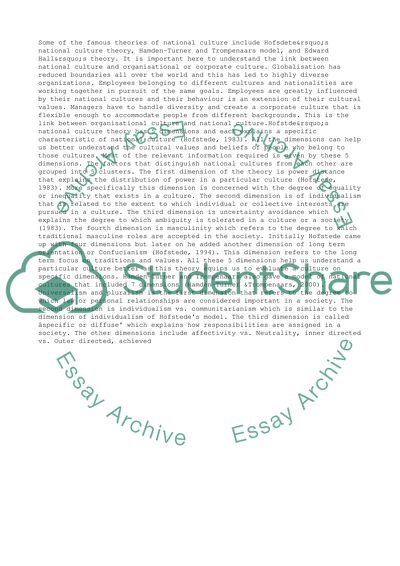Cite this document
(“Theories of National Culture Essay Example | Topics and Well Written Essays - 2750 words”, n.d.)
Retrieved from https://studentshare.org/management/1441384-ychtheories-of-national-cultures-fail-to-consider
Retrieved from https://studentshare.org/management/1441384-ychtheories-of-national-cultures-fail-to-consider
(Theories of National Culture Essay Example | Topics and Well Written Essays - 2750 Words)
https://studentshare.org/management/1441384-ychtheories-of-national-cultures-fail-to-consider.
https://studentshare.org/management/1441384-ychtheories-of-national-cultures-fail-to-consider.
“Theories of National Culture Essay Example | Topics and Well Written Essays - 2750 Words”, n.d. https://studentshare.org/management/1441384-ychtheories-of-national-cultures-fail-to-consider.


